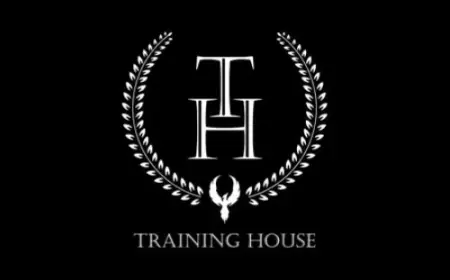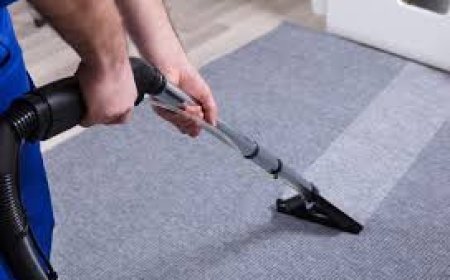How to Choose the Right Industrial Hose for Your Manufacturing and Processing Needs
Industrial hoses are critical components in various manufacturing, processing, and material handling operations. These flexible conduits are designed to transport liquids, gases, and solid materials across different industrial settings.

Industrial hoses are essential components in various manufacturing, processing, and industrial applications. These versatile tools play a crucial role in transferring liquids, gases, and other materials across different industrial processes. Understanding their types, applications, and maintenance requirements is vital for optimal performance and safety in industrial settings.
Types of Industrial Hoses
Industrial Hoses come in numerous varieties, each designed for specific applications and environments. Rubber hoses are among the most common, offering excellent flexibility and resistance to various chemicals. These hoses are reinforced with multiple layers of synthetic materials or steel wire to enhance their durability and pressure-handling capabilities.
Thermoplastic hoses represent another significant category, featuring materials like PVC, polyurethane, and nylon. These hoses offer superior resistance to abrasion and chemicals while maintaining flexibility across a wide temperature range. They're particularly suitable for applications requiring frequent cleaning and sterilization.
Metal hoses, constructed from stainless steel or other alloys, are designed for extreme conditions involving high temperatures and pressures. These hoses provide excellent durability and are often used in applications where rubber or plastic hoses would fail due to harsh operating conditions.
Applications Across Industries
The versatility of industrial hoses makes them indispensable across numerous sectors. In the chemical industry, specialized chemical-resistant hoses transport corrosive materials safely between processing units. These hoses are engineered with specific materials that can withstand aggressive chemicals while maintaining their structural integrity.
In the food and beverage industry, sanitarygrade hoses are crucial for maintaining product quality and meeting strict hygiene standards. These hoses are typically made from materials that prevent bacterial growth and are easy to clean and sterilize. They must comply with FDA regulations and other food safety standards.
The petroleum industry relies heavily on industrial hoses for transferring fuels and other petroleum products. These hoses are designed to handle high pressures and are resistant to petroleum-based products. They often incorporate static-dissipating features to prevent spark generation during fluid transfer.
Safety Considerations and Standards
Safety is paramount when selecting and using industrial hoses. Each hose must meet specific industry standards and safety regulations depending on its application. Regular inspection and maintenance protocols should be established to identify wear, damage, or potential failure points before they lead to accidents.
Pressure ratings are crucial safety considerations. Every hose has a maximum working pressure that should never be exceeded. Safety factors are built into these ratings, but operating within specified limits is essential for preventing catastrophic failures.
Temperature ratings are equally important, as exceeding temperature limits can lead to material degradation and eventual failure. Both the temperature of the transferred material and the ambient temperature must be considered when selecting appropriate hoses.
Maintenance and Care
Proper maintenance extends the life of industrial hoses and ensures safe operation. Regular inspection schedules should check for signs of wear, damage, or degradation. This includes examining the hose surface for cuts, abrasions, or bulges, and checking end fittings for secure connections.
Storage conditions significantly impact hose longevity. Hoses should be stored in cool, dry locations away from direct sunlight and harmful chemicals. Proper coiling techniques prevent kinking and extend service life. Supporting hoses appropriately during use prevents excessive strain and premature wear.
Cleaning procedures vary depending on the hose type and application. Some applications require regular cleaning to prevent material buildup or contamination. Following manufacturer-recommended cleaning protocols ensures effective maintenance without damaging the hose material.
Selection Criteria and Considerations
Choosing the right industrial hose requires careful consideration of several factors. The nature of the material being transferred, operating conditions, and environmental factors all play crucial roles in the selection process. Understanding these requirements helps in selecting hoses that provide optimal performance and longevity.
Material compatibility is essential when selecting hoses. The hose material must be chemically compatible with both the transferred material and any cleaning solutions used. Incompatible materials can lead to degradation, contamination, or failure.
Operating conditions, including pressure, temperature, and flow requirements, must be carefully evaluated. The selected hose should have appropriate ratings for all operating parameters with suitable safety margins. Environmental conditions, such as exposure to UV light, chemicals, or extreme temperatures, also influence hose selection.
Cost Considerations and ROI
While initial cost is important, the total cost of ownership should be the primary consideration when selecting industrial hoses. Higher-quality hoses might have higher upfront costs but often provide better value through longer service life and reduced maintenance requirements.
Replacement frequency affects overall costs significantly. Choosing appropriate hoses for specific applications can reduce the frequency of replacements and associated downtime costs. Regular maintenance can extend service life and improve return on investment.
Get More Insights - Industrial Hoses
Get This Report in Japanese Language -工業用ホース市場
Get This Report in Korean Language -산업용 호스 시장
About Author:
Vaagisha brings over three years of expertise as a content editor in the market research domain. Originally a creative writer, she discovered her passion for editing, combining her flair for writing with a meticulous eye for detail. Her ability to craft and refine compelling content makes her an invaluable asset in delivering polished and engaging write-ups.
(LinkedIn: https://www.linkedin.com/in/vaagisha-singh-8080b91)
What's Your Reaction?
 Like
0
Like
0
 Dislike
0
Dislike
0
 Love
0
Love
0
 Funny
0
Funny
0
 Angry
0
Angry
0
 Sad
0
Sad
0
 Wow
0
Wow
0










































